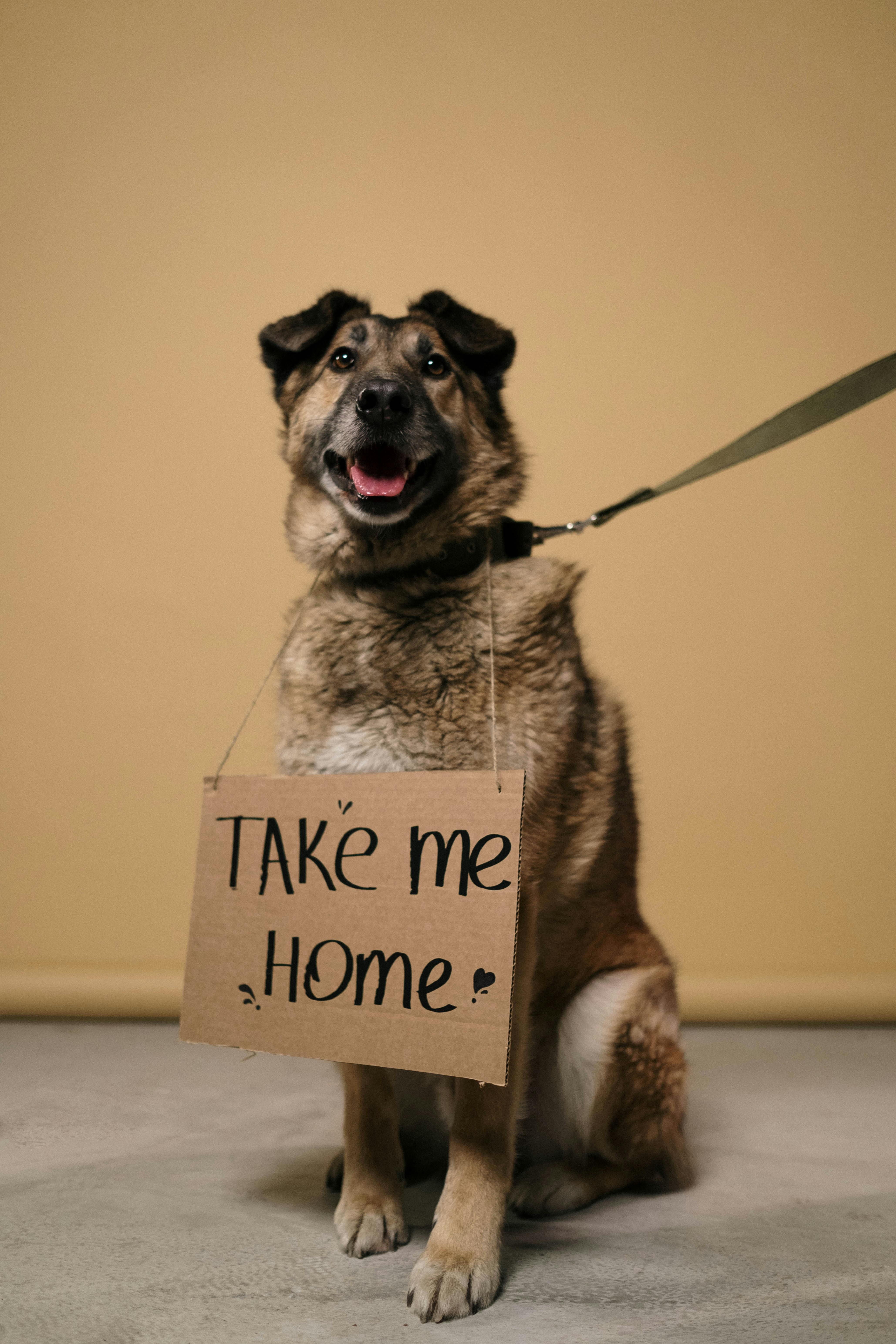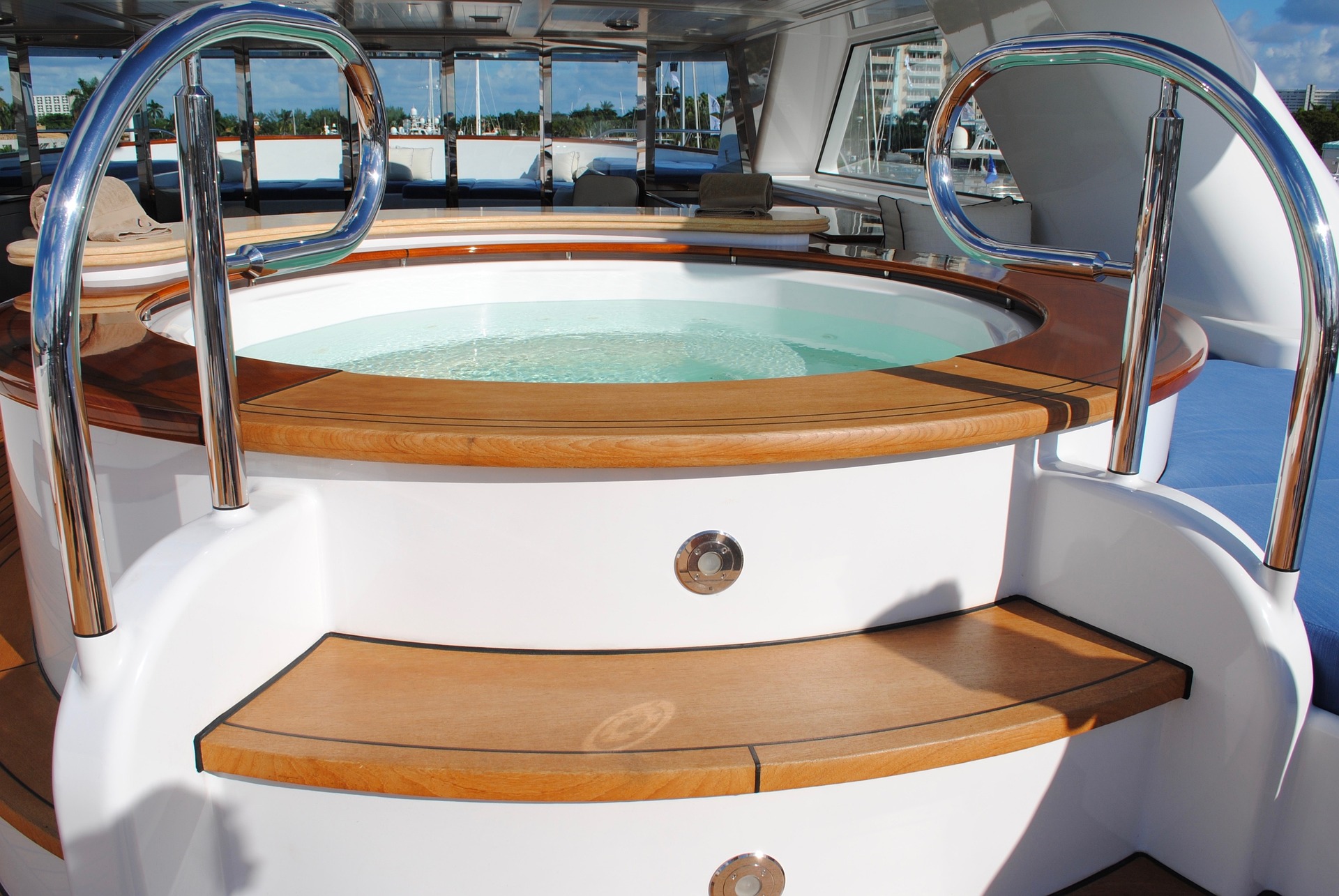Understanding Maltipoo Puppies: Complete Guide for Pet Adoption
Maltipoo puppies, a delightful crossbreed between Maltese and Poodle dogs, have become increasingly popular among families seeking a loving companion. These small, fluffy dogs combine the gentle nature of the Maltese with the intelligence of the Poodle, creating an ideal pet for many households. Understanding their characteristics, care requirements, and debunking common misconceptions is essential for anyone considering adopting one of these charming puppies through local animal shelters or rescue organizations.

What Makes Maltipoo Puppies Special in Terms of Character
The personality traits of Maltipoo puppies make them exceptional companions for various living situations. These dogs typically display an affectionate and social nature, often forming strong bonds with their human families. Maltipoos are known for their playful energy balanced with a calm demeanor, making them suitable for both active families and those preferring quieter lifestyles.
Their intelligence, inherited from the Poodle lineage, means they’re naturally curious and eager to learn. Most Maltipoos exhibit friendly behavior toward strangers and other pets when properly socialized from an early age. These puppies often show adaptability to different environments, whether living in apartments or larger homes, though they generally prefer being close to their family members rather than left alone for extended periods.
Essential Training Approaches for Your New Maltipoo
Training tips for Maltipoo puppies focus on positive reinforcement methods that work well with their eager-to-please personality. Starting house training immediately upon adoption is crucial, as these small dogs have smaller bladders and need frequent outdoor breaks. Establishing a consistent schedule for meals, potty breaks, and sleep helps create structure.
Socialization training should begin early, exposing your Maltipoo puppy to various sounds, people, and environments in a controlled manner. Basic commands like sit, stay, and come are typically learned quickly due to their intelligence. Crate training provides a safe space and aids in house training, while leash training helps manage their occasional stubborn streaks. Consistency and patience are key, as Maltipoos respond better to gentle guidance than harsh corrections.
Proper Nutrition for Growing Maltipoo Puppies
Feeding guidelines for Maltipoo puppies require attention to their small size and specific nutritional needs during growth phases. Puppies typically need three to four small meals daily until six months old, then can transition to twice-daily feeding. High-quality puppy food formulated for small breeds provides appropriate kibble size and nutrient density.
The amount varies based on the individual puppy’s size, activity level, and growth rate, but generally ranges from one-quarter to one-half cup of food per meal for young puppies. Fresh water should always be available. Avoiding human food, especially items toxic to dogs like chocolate, grapes, and onions, is essential. Regular feeding schedules help with house training and prevent hypoglycemia, a condition small breed puppies can be prone to experiencing.
Separating Facts from Fiction About Maltipoos
Common myths about Maltipoo puppies often mislead potential adopters about their care requirements and characteristics. One prevalent misconception is that Maltipoos are completely hypoallergenic. While they may produce fewer allergens than some breeds due to their Poodle genetics, no dog is truly 100% hypoallergenic, and individual reactions vary among people with allergies.
Another myth suggests Maltipoos don’t require regular grooming because of their soft coat. In reality, their hair grows continuously and needs professional grooming every six to eight weeks, plus daily brushing to prevent matting. Some people believe these small dogs don’t need much exercise, but Maltipoos actually require daily walks and playtime to maintain physical and mental health. Additionally, the myth that designer breeds like Maltipoos are always healthier than purebreds isn’t accurate, as they can inherit health issues from both parent breeds.
| Adoption Service | Type | Average Adoption Fee |
|---|---|---|
| Local Animal Shelters | Municipal/County | $50-$200 |
| Breed-Specific Rescues | Private Rescue | $200-$500 |
| Petfinder Network | Online Platform | $100-$400 |
| ASPCA Centers | National Organization | $100-$300 |
Prices, rates, or cost estimates mentioned in this article are based on the latest available information but may change over time. Independent research is advised before making financial decisions.
Adopting a Maltipoo puppy represents a long-term commitment that can bring tremendous joy to the right household. These intelligent, affectionate dogs thrive in environments where they receive proper training, nutrition, and socialization. By understanding their true characteristics and care needs while dismissing common myths, potential adopters can make informed decisions about whether a Maltipoo puppy fits their lifestyle. Local shelters and rescue organizations often have Maltipoos or similar mixed breeds available for adoption, providing opportunities to give these wonderful dogs loving homes while supporting animal welfare efforts in your area.




